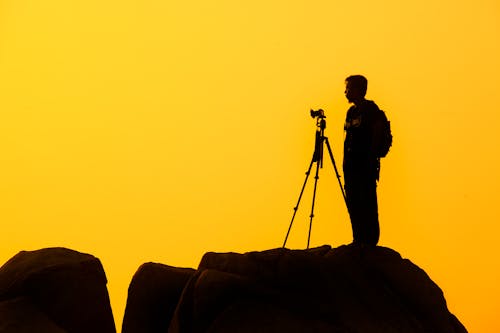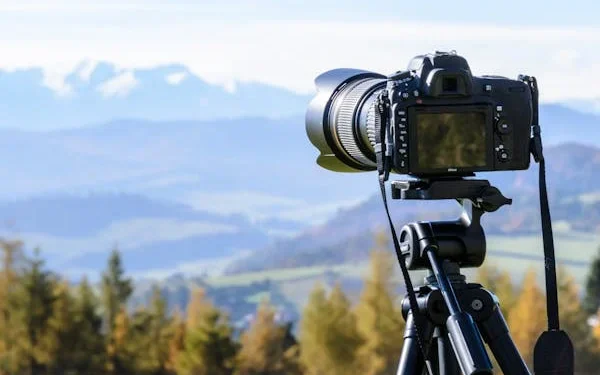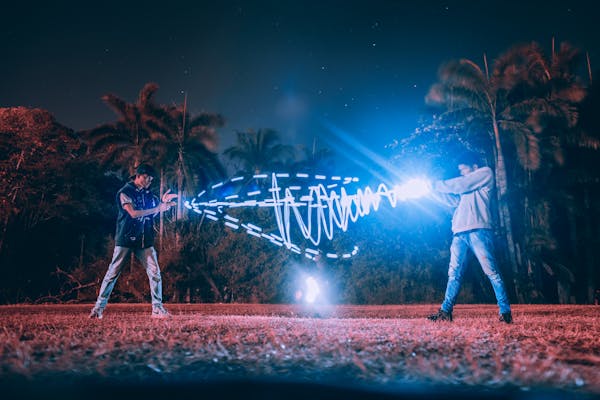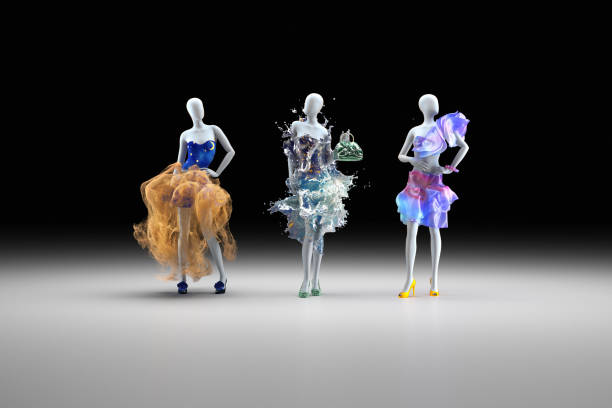Photography is an art that anyone can dive into, whether you’re simply capturing moments for memories or aiming to create visually striking images. If you’ve been thinking about picking up a camera and learning the basics of photography, this guide will walk you through the essentials to help you get started. Photography is a journey of practice, creativity, and technical learning, and with the right mindset, anyone can master it.
Choosing the Right Camera for Beginners
When you’re starting, the first decision you’ll need to make is which camera to buy. While some professional photographers swear by expensive models, you don’t need to break the bank to begin. Many beginner-friendly cameras are available, and the key is finding one that fits your needs and budget.
DSLR cameras are a popular choice for those just starting. They offer versatility, excellent image quality, and the option to change lenses. However, mirrorless cameras have become an increasingly popular alternative due to their smaller size and lighter weight, without sacrificing image quality. For those who want something more compact, a high-quality point-and-shoot camera might suffice to begin your journey in photography.

Learning the Basic Photography Terms
Understanding basic photography terminology will help you make the most of your camera. Some important terms to know include:
- Aperture: This refers to the opening in the lens that controls how much light enters the camera. It also affects the depth of field, which is the blur effect seen in background or foreground elements.
- Shutter Speed: This is how long the camera’s shutter remains open to allow light in. It affects how motion is captured in an image—fast shutter speeds freeze action, while slower speeds capture movement.
- ISO: This refers to the sensitivity of your camera’s sensor to light. A lower ISO is used in bright conditions, while a higher ISO is ideal for low-light situations, but it can introduce noise into the image.
- White Balance: This adjusts the color balance in your photos so that the colors appear natural under different lighting conditions.
Mastering the Exposure Triangle
The exposure triangle is the foundation of every photograph, as it refers to how aperture, shutter speed, and ISO work together to create a well-lit image. Learning how to balance these three elements is crucial.
A common mistake for beginners is to leave the camera on automatic settings. While that may produce decent results, learning to control your camera manually can dramatically improve your photos. Adjusting the exposure triangle allows you to take creative control over how your images look, particularly in different lighting environments.
Understanding Composition and Framing
In photography, composition refers to how the elements within a frame are arranged. Learning the rules of composition helps ensure that your photos are not just technically correct but also visually engaging. A few essential composition techniques include:
- Rule of Thirds: Imagine dividing your image into nine equal parts with two horizontal and two vertical lines. Position your subject along these lines or at their intersections to create balance and interest in the photo.
- Leading Lines: Using lines within the scene (like roads, rivers, or fences) can draw the viewer’s eye to the subject of your photo, guiding them through the image.
- Framing: Look for natural frames in the environment, such as windows or archways, to draw attention to the subject and add depth to your photos.
- Symmetry: Symmetrical images are visually striking, so look for reflections or perfectly balanced subjects that can create a sense of harmony in your photos.
Practicing with Lighting
Lighting is one of the most crucial aspects of photography. Whether you’re taking portraits or landscapes, the quality of light dramatically impacts the mood and feel of an image. Beginners often overlook the importance of lighting, but once you understand how to use it effectively, your photos will instantly improve.
Natural light is often the best option for beginners. Try shooting during the golden hour, which is the period shortly after sunrise or before sunset when the light is soft and warm. Alternatively, overcast days provide diffused lighting that helps to avoid harsh shadows. If you’re shooting indoors, make sure to place your subject near a window for natural light or experiment with inexpensive external lights.
Editing Your Photos
Once you’ve taken your photos, editing them can bring them to the next level. Many beginners underestimate the power of post-processing, but even subtle adjustments can make a huge difference. Software like Adobe Lightroom or free alternatives like GIMP can help you correct exposure, adjust white balance, enhance colors, and crop images to improve the composition.
Start with basic edits like adjusting the exposure or contrast and gradually work your way to more advanced techniques like retouching skin or removing distractions from the background. Don’t worry about over-editing at first, as it’s best to learn and understand what each tool does before jumping into more complicated adjustments.
Getting Creative with Your Photography
While technical skills are crucial, photography is also about creativity. Once you’re comfortable with the basics, try experimenting with different styles of photography. Whether it’s portrait photography, macro photography, or landscapes, trying new things will help you discover what you enjoy most about the craft.
- For portraits, experiment with different lighting setups, poses, and environments to create compelling images.
- Macro photography allows you to capture the tiniest details of everyday objects, revealing hidden beauty.
- Landscape photography encourages you to explore natural surroundings, using natural lighting and different compositions to create striking images.
Join Photography Communities and Learn from Others
As you progress in your photography journey, connecting with others who share your passion can be incredibly beneficial. Online photography communities and social media platforms like Instagram are great for sharing your work and getting feedback. You can also learn a lot from other photographers by attending workshops, reading photography blogs, or joining local photography clubs.
Many communities offer challenges that encourage you to step out of your comfort zone, try new techniques, and share your growth. Critiques from more experienced photographers can help you refine your skills and open your eyes to areas you may not have considered before.

Staying Consistent and Keeping a Photography Journal
One of the best ways to improve as a photographer is to practice regularly. Photography is a skill that improves with time and experience, so don’t be discouraged if your early work isn’t exactly as you imagined. Keeping a photography journal can help you track your progress, noting what works well and what doesn’t.
Regularly reviewing your old photos can also show how far you’ve come, offering motivation to keep honing your craft. By sticking with photography and consistently challenging yourself, you’ll find your own unique style and voice as an artist.
Final Thoughts
Starting out in photography is a rewarding experience. By learning the basics, practicing regularly, and allowing your creativity to flourish, you’ll see your skills grow over time. The key is to enjoy the process, experiment, and be patient with yourself. With each shot, you’ll gain a better understanding of how to capture moments, emotions, and stories through your lens. Happy shooting!












